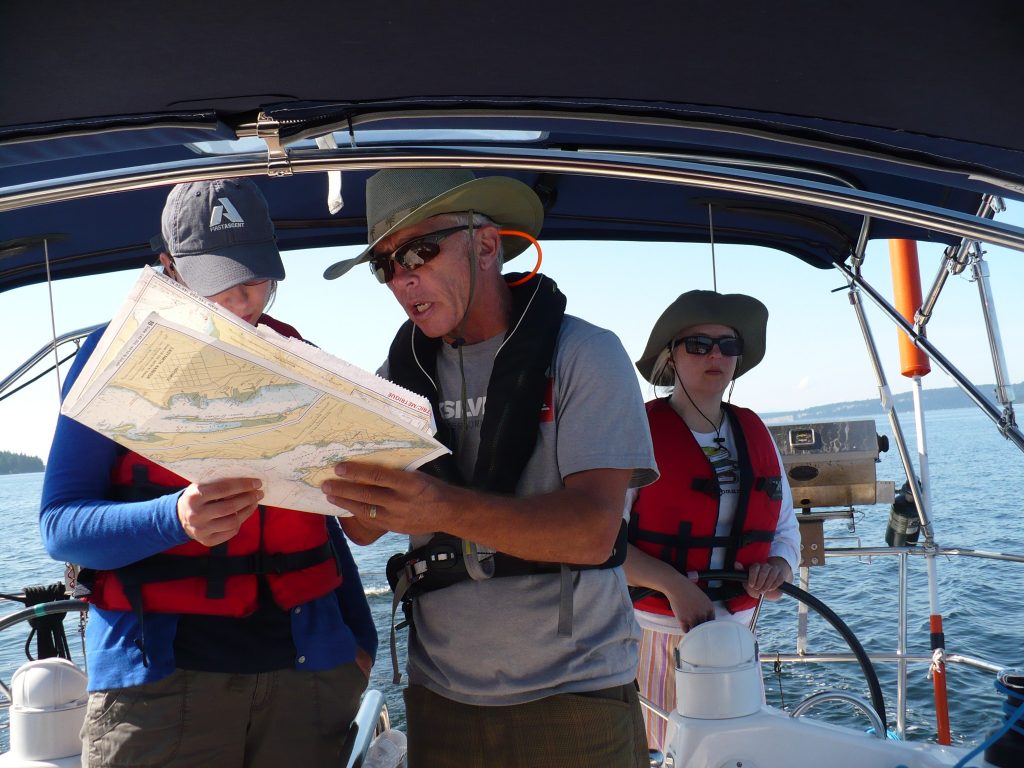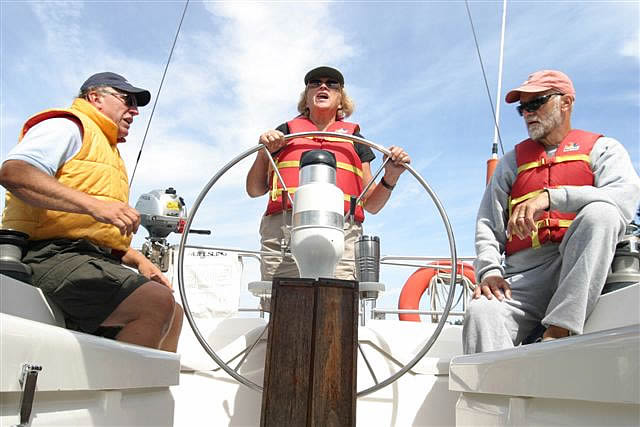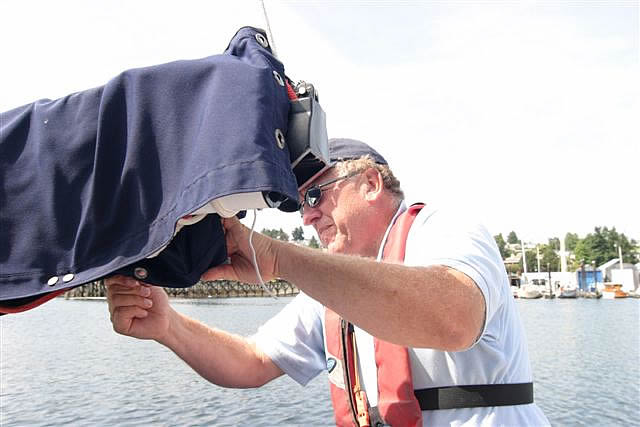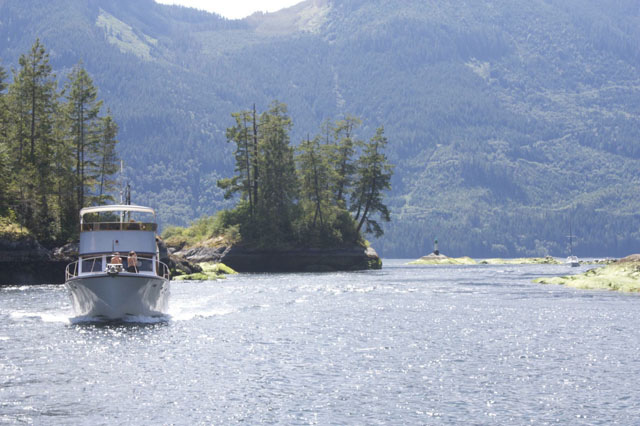Sailing safety is of utmost importance when you are off on a trip. Before setting sail, it is a good idea to have some sort of a checklist in your mind, or better still, a physical checklist which you can use to make sure you and the rest of your crew and companions are prepared for the journey ahead. A checklist used before setting sail, will limit the possibility for problems once underway.
Throughout this article we will look at some of the things you will want to bear in mind before setting sail.
Check weather report
Not once, not twice, but continuously. With modern technology as it is now it is easier than ever to check the weather continuously, and as it always has been, a very important part of yacht safety procedures. Weather can change and turn at the drop of a hat, and so it is always best to be prepared for all sorts of weather eventualities.
Also be aware of the different difficulties that the especially cold weather can bring, as well as the hot. In cold weather hypothermia can become a risk, and in hot dehydration is one of the biggest risks. Know how to adjust your equipment for maximum safety in high winds, before the situation creeps up on you.
Most accidents do not occur in bad weather contrary to popular belief. They actually occur when the water is calm, as this is when your guard is lowered. Safety is something that must be at the forefront of your mind whilst sailing aboard a yacht, at all times, no matter the weather.
Prepare cruising route and plan
 It is imperative to have your route mapped out, as well as a well thought out sailing plan prepared including breaks, rest stops, leisure stops, etc. Also be well versed in the rules of the road so to speak, to avoid collisions with others, or disagreements about who had the right of way etc. You want your trip to be a pleasurable one.
It is imperative to have your route mapped out, as well as a well thought out sailing plan prepared including breaks, rest stops, leisure stops, etc. Also be well versed in the rules of the road so to speak, to avoid collisions with others, or disagreements about who had the right of way etc. You want your trip to be a pleasurable one.
Lifejackets
Ensure you have the correct number, and the right size range of lifejackets on board your vessel before setting sale – and then make sure there are a few extra in case of malfunction at any point. Lifejackets, also known as Personal Floatation Devices (PFDs) should be warn at appropriate times. As going overboard is one of the leading causes of injury or death when sailing, your PFD is one of the most important safety devices, and so it is of critical importance that it fits, and that you know how to use it.
Safety tools and equipment
As well as life jackets there are a number of other items of safety equipment you need to be adorned with whilst aboard. A safety harness tether for instance, is a great piece of kit whilst riding solo, or to help create extra protection against rough weather.

Jacklines also give you another way to stay clipped to the boat, and something else to use in the unfortunate case that someone does fall overboard.
If you are likely to sail at night, or perhaps where they may be fog, or even a little mist, it might be wise to consider installing an Automatic Identification System (AIS) system which will help you avoid collisions with other yachts, or anything else that may get in the way.
A good compass, or navigation equipment is also important for safety. Or simply a good sense of where you are going. Familiarising yourself with the route beforehand is often a good idea so you can be prepared for what lays ahead.
It is not enough to simply have safety equipment, but you need to know how to prepare it, and how to use it appropriately.
Check the engine
 It sounds simple, and obvious, but you should make sure you check your engine before setting sail. If you aren’t sure what you are looking for, then get someone who does to do it for you. You especially want to check for leaks, and the oil level. Check all equipment too, halyards, rigging, etc. anything that has the possibility of breaking. Drainage systems should also be checked, as well as battery status.
It sounds simple, and obvious, but you should make sure you check your engine before setting sail. If you aren’t sure what you are looking for, then get someone who does to do it for you. You especially want to check for leaks, and the oil level. Check all equipment too, halyards, rigging, etc. anything that has the possibility of breaking. Drainage systems should also be checked, as well as battery status.
Prepare medicine
Make sure you know if there are any passengers on board with medical conditions, and ensure they have the correct medication with them and the correct quantity for the length of the trip. This may include regular medication, specialist medication for ongoing conditions, asthma paraphernalia, or more generic medication such as paracetamol. You will want to double check the first aid kit on board too before departure.

Conclusion
There is lots of extended literature you can read before jumping on board if you would like to improve your knowledge base. Books on safe skippering, good seamanship, and more are available online. You may also want to consider downloading one of the many apps available. The key to safety is preparation.


No comments:
Post a Comment